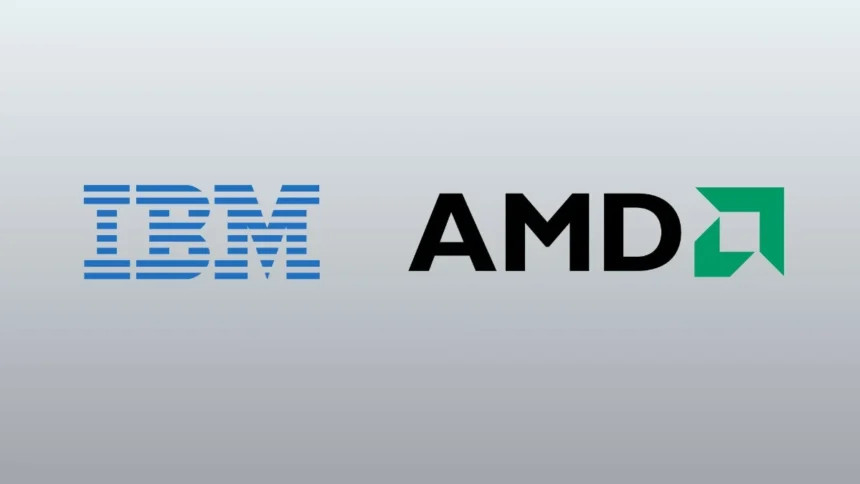IBM and AMD Partner to Build Fault-Tolerant Quantum Computers for the Future
In a major breakthrough for next-generation computing, IBM and AMD have announced a strategic partnership aimed at building fault-tolerant quantum computers. By combining IBM quantum expertise with AMD advanced processors, the collaboration seeks to deliver scalable, open-source solutions that could transform industries ranging from healthcare and finance to artificial intelligence and climate science.
Why This Partnership Matters
Quantum computing has long been hailed as the future of technology, promising to solve problems that today most powerful supercomputers cannot. From meds discovery to financial risk analysis, the potential is enormous.
But building reliable quantum machines is extremely challenging. Quantum bits, or qubits, are unstable and prone to errors due to environmental noise. That where IBM and AMD partnership becomes crucial.
- IBM brings decades of experience in quantum system design and software.
- AMD contributes its high-performance hardware and real-time error correction capabilities.
Together, they aim to make quantum computing more practical, accessible, and error-resistant.
Leaders Speak on the Collaboration
Calling it a milestone for the industry, Arvind Krishna, CEO of IBM, said:
“This partnership is a major step toward making quantum computing more practical. Together, we will build tools that benefit scientists and engineers everywhere.”
AMD CEO Lisa Su echoed the optimism:
“Working with IBM lets us explore solutions that can change how we work with data. We are excited about the new possibilities this brings.”
Tackling Quantum Errors with AMD Hardware
One of the biggest hurdles in quantum computing is error correction. Unlike traditional computers, qubits can “flip” due to interference, producing incorrect results.
The IBM–AMD alliance will use AMD processors to detect and correct errors in real time, creating fault-tolerant systems that can continue running even when mistakes occur.
Their roadmap envisions commercially viable fault-tolerant quantum computers by the end of this decade — a timeline that could redefine the tech industry.
Open-Source and Scalable Platforms
In a move welcomed by researchers, the companies have promised to keep their platforms open-source. This means universities, startups, and developers will be able to access IBM quantum software and AMD hardware tools without prohibitive costs.
The goal is to create a collaborative ecosystem, encouraging innovation and speeding up breakthroughs in quantum technologies.
Real-World Applications of IBM–AMD Quantum Systems
If successful, the partnership could impact a wide range of industries:
- Healthcare: Faster drug discovery and AI-powered diagnostics.
- Finance: Advanced fraud detection and risk modeling.
- Climate Science: Improved simulations of weather and environmental change.
- Logistics: Smarter supply chain and transport optimization.
- Artificial Intelligence: Faster processing of massive datasets for next-gen AI.
Experts believe that hybrid systems — blending quantum and classical computing — will significantly cut time and cost for complex tasks.
What’s Next for IBM and AMD?
Later this year, the companies plan to showcase their first hybrid system, demonstrating how classical AMD processors and IBM quantum chips can work in tandem to solve real-world problems.
Their joint roadmap focuses on:
- Better error correction techniques
- Increasing qubit stability
- Expanding scalable platforms for global researchers
The ultimate aim: Quantum systems that can perform complex tasks continuously and reliably, without interruptions.









